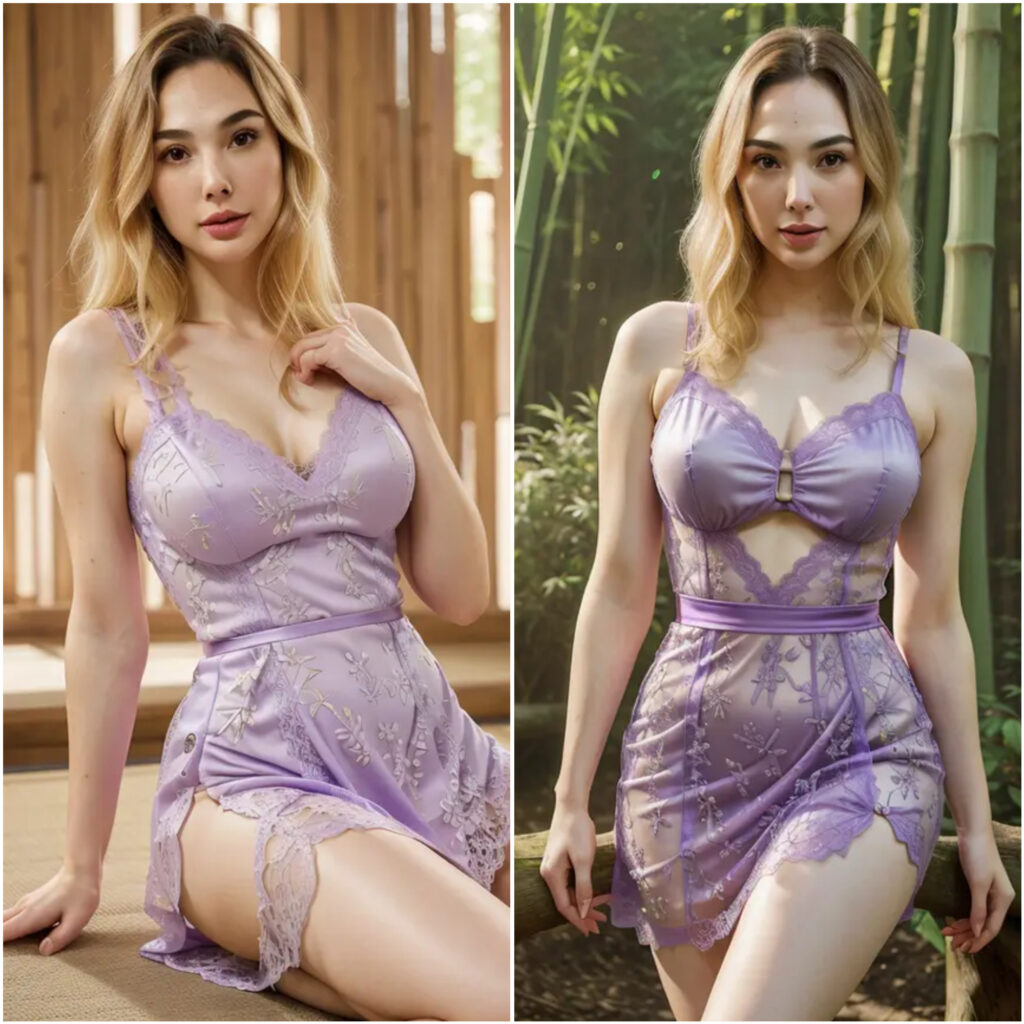It is common for people to become captivated by the beauty of animals and want to bring them home as pets. However, this may not always be the best choice for the animal involved. Birds, in particular, are often victims of this impulse due to their stunning appearance and intriguing nature, leading to their capture and sale in the exotic pet industry.

This not only affects the birds themselves but also throws off the balance of the ecosystem they belong to. It’s been calculated that just one out of every six parrots captured from the wild for the pet trade actually make it through the ordeal. This reality applies to other species as well. However, there are individuals dedicated to breeding and safeguarding endangered birds. They release them back into their natural habitats to boost dwindling populations or assist them in adapting to new environments where they can flourish.
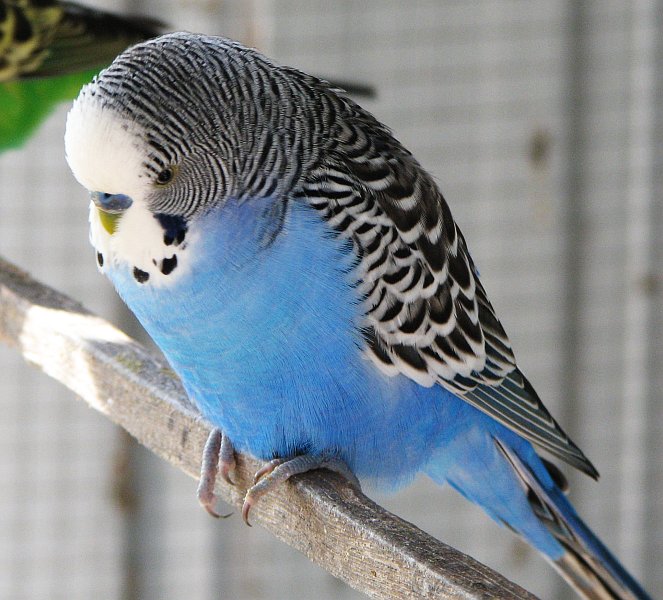
The violet budgerigar mutation is just one of many mutations that can affect the color of budgerigars, with approximately 29 others out there. It is a key part of what makes up the violet variety. The violet gene can have different visual effects depending on whether it is single or double, as well as whether other mutations like dark and blue are present. With these variations, there are a total of 18 visually distinct combinations that can occur. However, only three of these combinations actually meet the visual standards set for exhibition. Budgerigars, also known as budgies, are often called parakeets and are a popular choice for pet bird owners. They are loved for their easygoing nature and the fact that they are easy to train and care for. They are small, low-maintenance, affectionate, and friendly, making them ideal for those with busy lifestyles or limited living space, like those living in apartments. Budgies are incredibly smart and can be trained to talk and perform tricks easily.
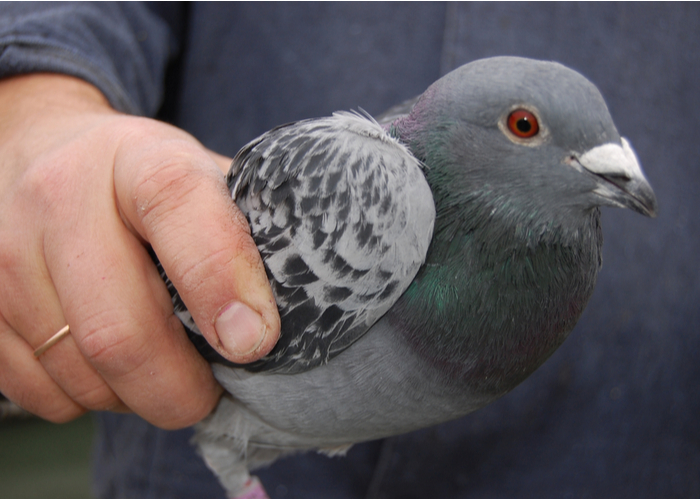
Doves are often overlooked when it comes to choosing a friendly pet bird, but they are actually quite easy to tame and are known for their gentle and sweet nature. Unlike some other birds, doves are not prone to biting or aggression, making them a great choice for those looking for a peaceful feathered companion. Training doves is also relatively simple, as they enjoy interacting with their owners but do not demand constant attention like some other bird species.
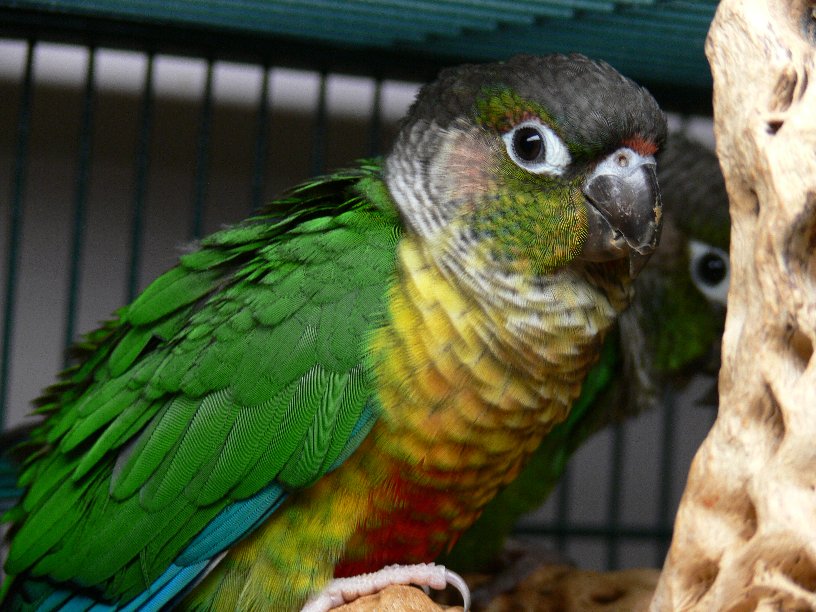
Green-cheeked Conures are well-loved for their friendly and approachable nature. Originating from South America, these birds are among the most sociable conures out there. With their playful and inquisitive personalities, they are known for their cleverness and sometimes cheeky behavior. Despite their mischievous tendencies, Green-cheeked Conures are laid-back and adore attention from their human companions. While they may not always pick up on talking, there are a few instances where they have shown this skill. Their endless charm and endearing qualities make them ideal feathered friends for those seeking a delightful and sociable pet bird.
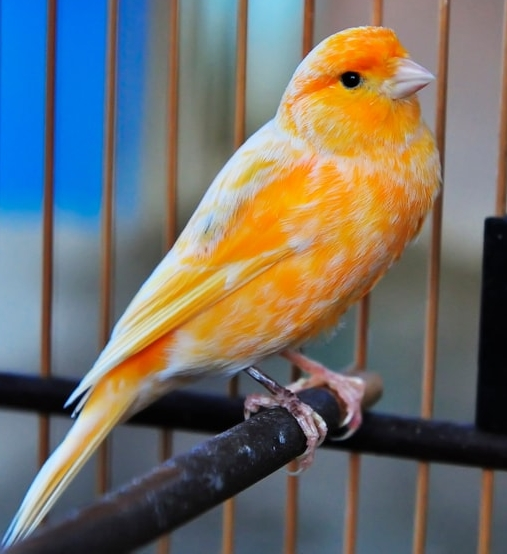
Canaries: Ensure your Canary has plenty of room to fly by getting a cage that is at least 2 to 3 feet tall. Place perches at different heights and provide water bowls for drinking and bathing, as well as food bowls. Along with commercial pellets, offer vegetables like Kale, spinach, and sweet potatoes as a supplement. Canaries do not require feathered companions and are not the most affectionate birds, but they generally enjoy being around their humans and being spoken to.
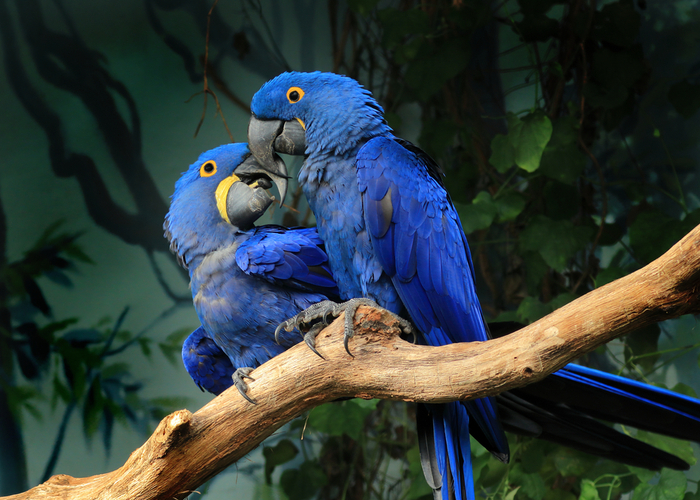
The magnificent Hyacinth Macaw is not only one of the most stunning birds you can have as a pet, but also the largest! These sociable and playful birds adore spending time with their owners, especially when it involves cuddling. Weighing in at 42-51 ounces and measuring over 40 inches in length, these birds require plenty of space to stretch their legs (and wings!). However, if you can accommodate their size, the rewards are endless. These big, friendly birds are among the most lovable creatures you can have as companions.
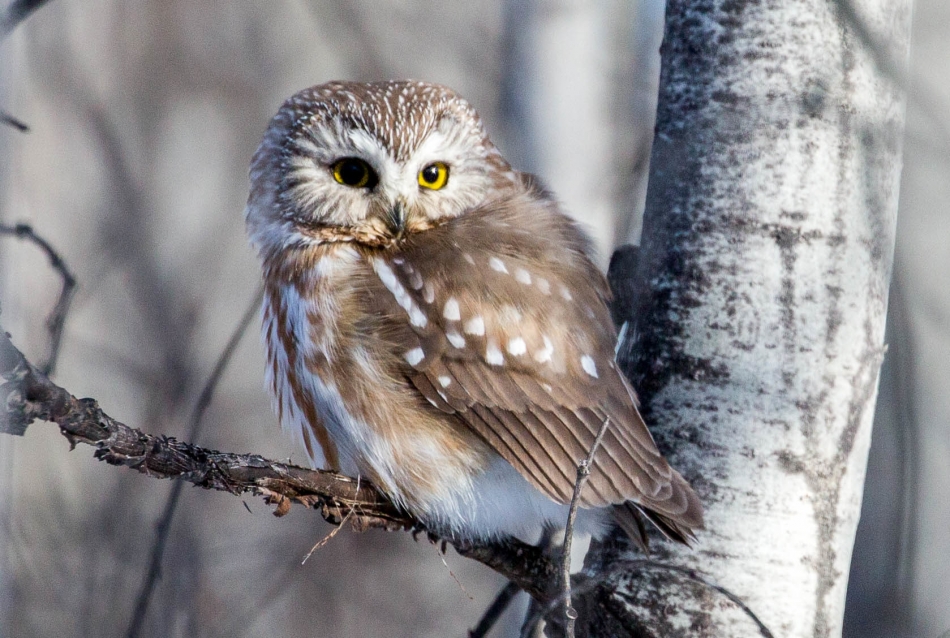
Owls might not be the most obvious choice when it comes to deciding on pet birds, but after reading this article, you may want to reconsider. While owls can be hard to come by, if you do have the chance to raise one, they make wonderful companions. These captivating birds are gentle and devoted, often cared for by individuals with licenses to rehabilitate injured owls. Owls can be affectionate and sociable, especially if you are willing to put in the time to bond with them and get them accustomed to your presence. Barn owls and snowy owls are particularly recommended choices for those interested in raising owls as pets.
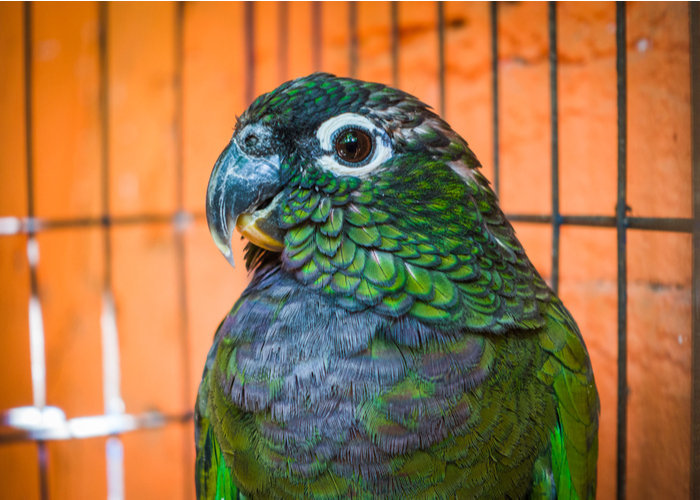
Hahn’s Macaw is not only known for its stunning beauty but also for its friendly nature, making it a great choice for a pet bird. While many pet owners shy away from owning macaws due to their large size, Hahn’s macaws are relatively small, measuring only between 12 to 14 inches long. Despite their petite stature, these birds have a big personality that makes them a joy to be around. These intelligent and playful birds can be gentle and affectionate when socialized and handled regularly. It’s important to spend quality time interacting with your Hahn’s macaw to keep them happy and prevent them from becoming depressed. Like most parrots, Hahn’s macaws can be quite noisy, so be prepared for some lively chatter in your home.
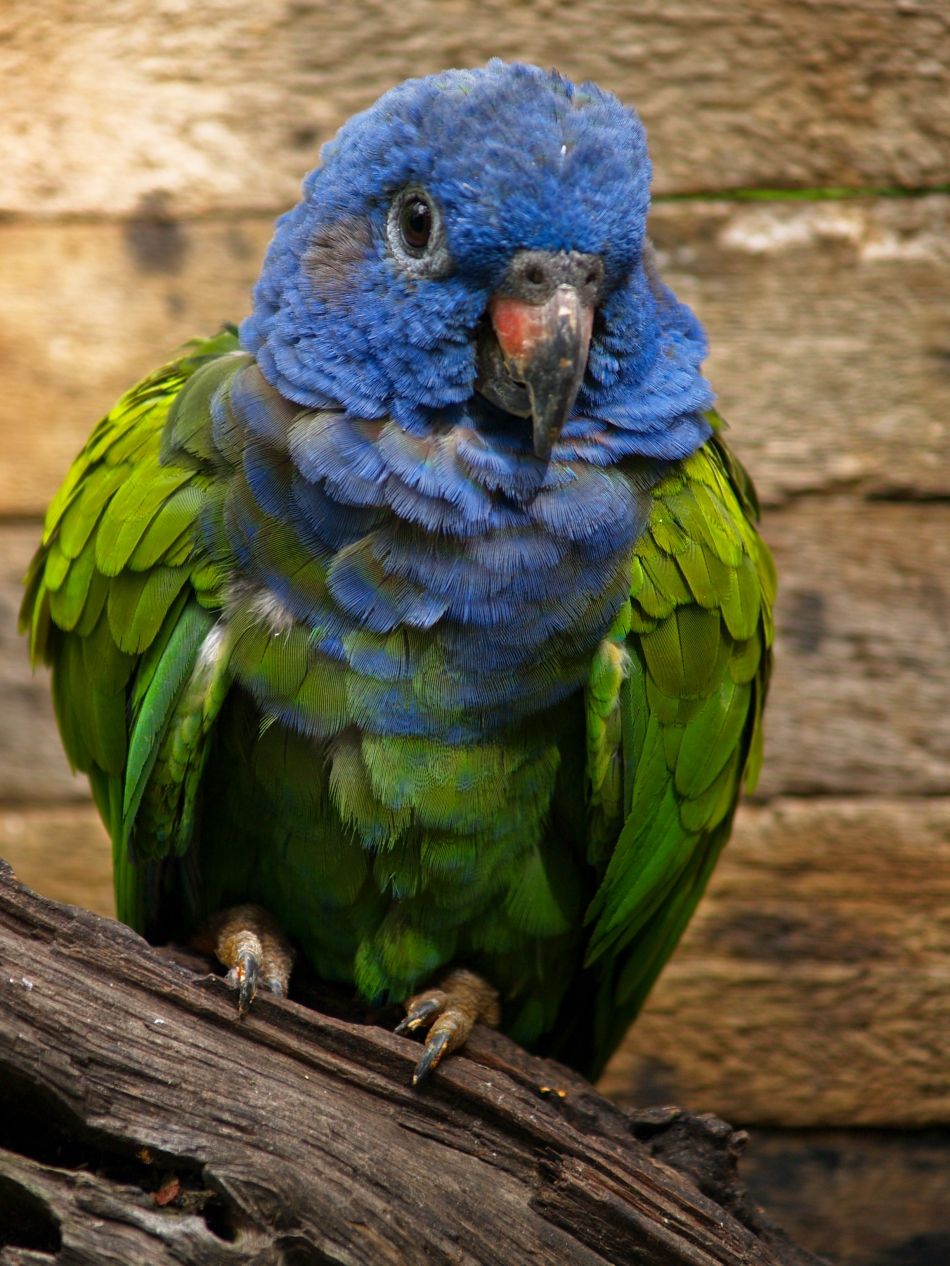
Pionus birds are known for their friendly nature towards everyone, making them a great choice for a long-term pet. These parrots can live up to 40 years, much longer than your average family dog. Pionus parrots typically reach about 10 inches in length and are playful creatures. They don’t form strong attachments to just one person in the household, preferring to bond with everyone, which is perfect for families with multiple members.
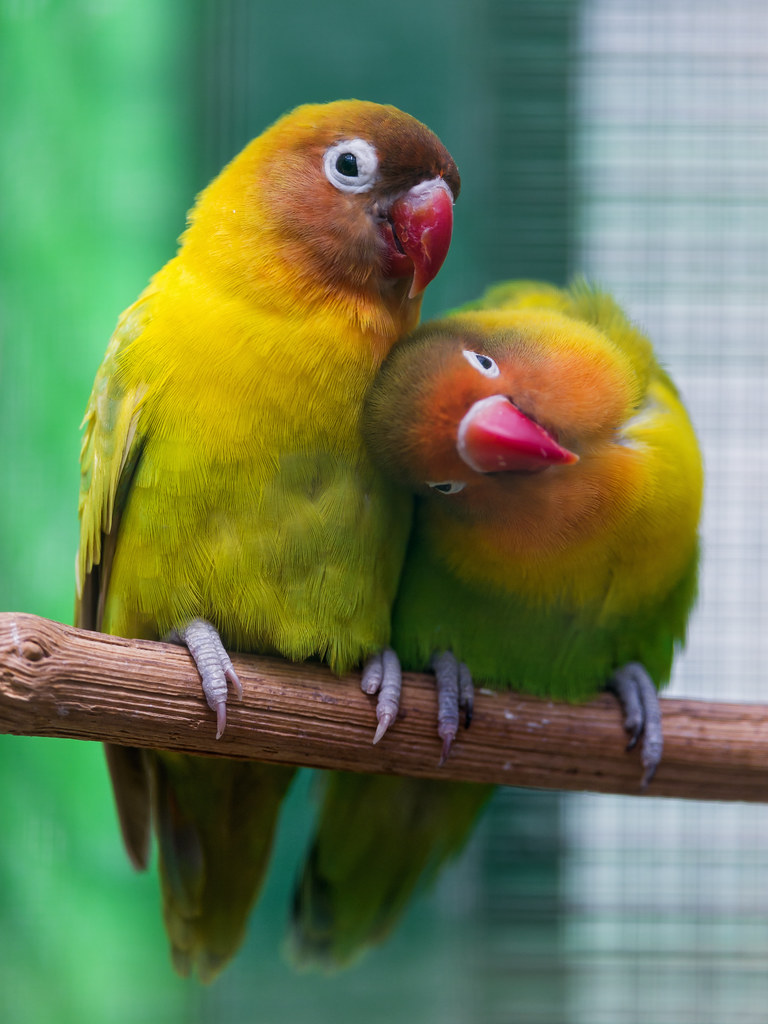
Affectionate Bird: The Lovebird, A True Companion With a Name like “Lovebird,” you can expect nothing less than an abundance of affection from this charming pet. Known for their friendly nature, Lovebirds quickly bond with their owners and enjoy the company of other feathered and non-feathered friends alike. With their stunning plumage and easy-going personality, Lovebirds make for ideal companions. Remember to provide them with a water bowl for bathing a few times a week to keep their feathers clean and shiny, and to indulge in a bit of playful time.
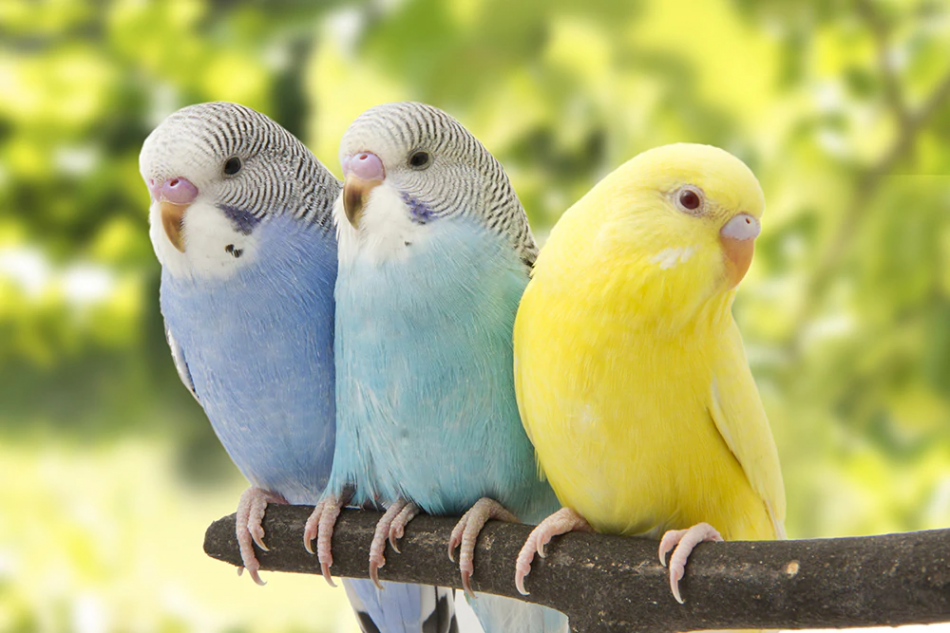
Parakeets, also commonly known as budgerigars, have their origins in Australia, where the Aboriginal people called them “budgies.” The term “budgerigar” is more precise for these small to medium sized parrots compared to the general term “parakeet” which encompasses a wide range of species. Budgerigars thrive in social environments and benefit from interacting with their human caregivers. Forming strong bonds with their human flockmates, they require plenty of interaction and attention. For those who cannot be home often, it is recommended to keep parakeets in pairs or groups to prevent loneliness and ensure their mental well-being. This companionship not only promotes better mental health in the birds but also strengthens their overall health and happiness.
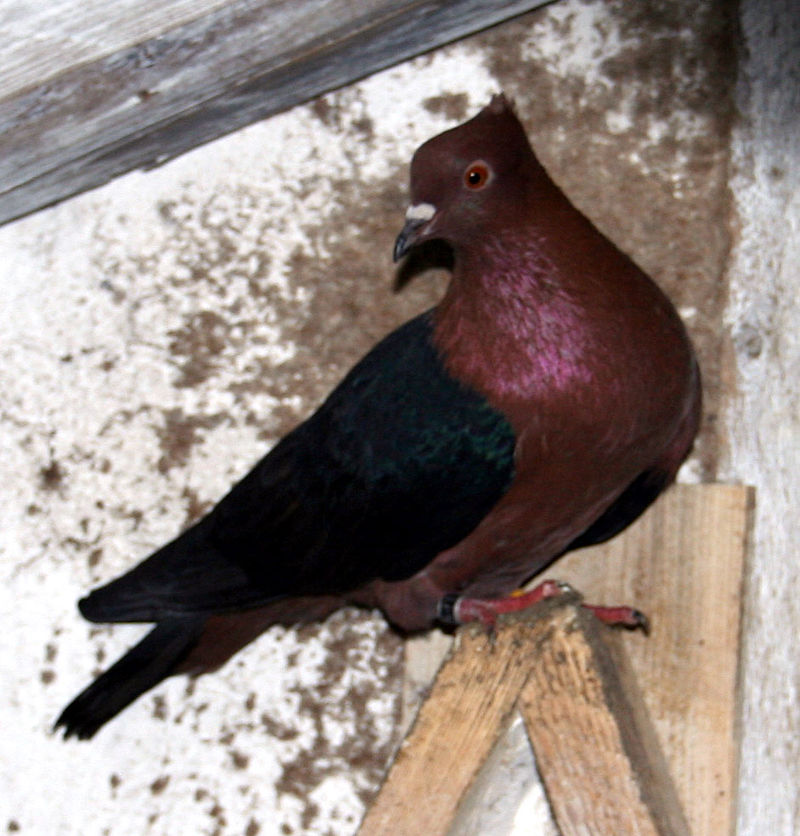
The Archangel Pigeon is a specially bred bird known for its unique coloring. With bodies that shimmer in bronze or gold hues, their feathers exhibit a metallic sheen. Their wings come in striking shades of black, white, or blue, complemented by bright orange eyes. This breed is exclusively bred for domesticity and would struggle to survive in the wild. Often showcased in exhibitions and loved as decorative pet birds, Archangel Pigeons are a sight to behold.
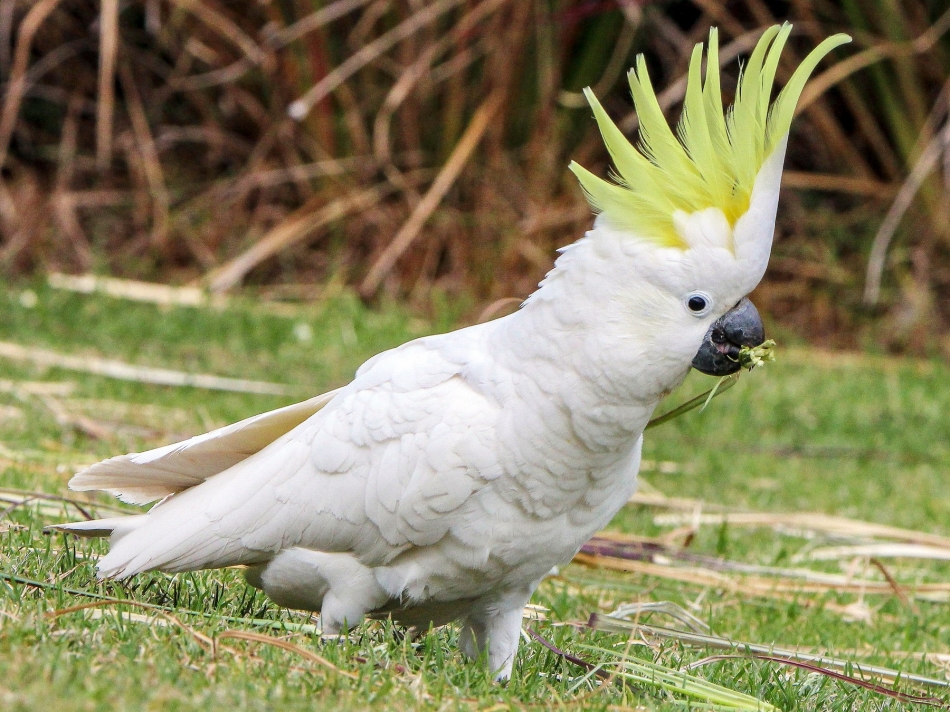
Cockatoos are known for their captivating style and their love for attention. These birds quickly form strong bonds with their owners, thriving on the relationships they build. Without enough love and care, cockatoos can become sad and may even start plucking out their feathers out of distress. However, with at least an hour of attention each day, these birds will easily become a beloved member of the family. One of the most striking physical features of the umbrella cockatoo is its predominantly white plumage, with hints of pale yellow on the wings and tail. The large white crest and black beak also add to the unique and beautiful appearance of these birds.
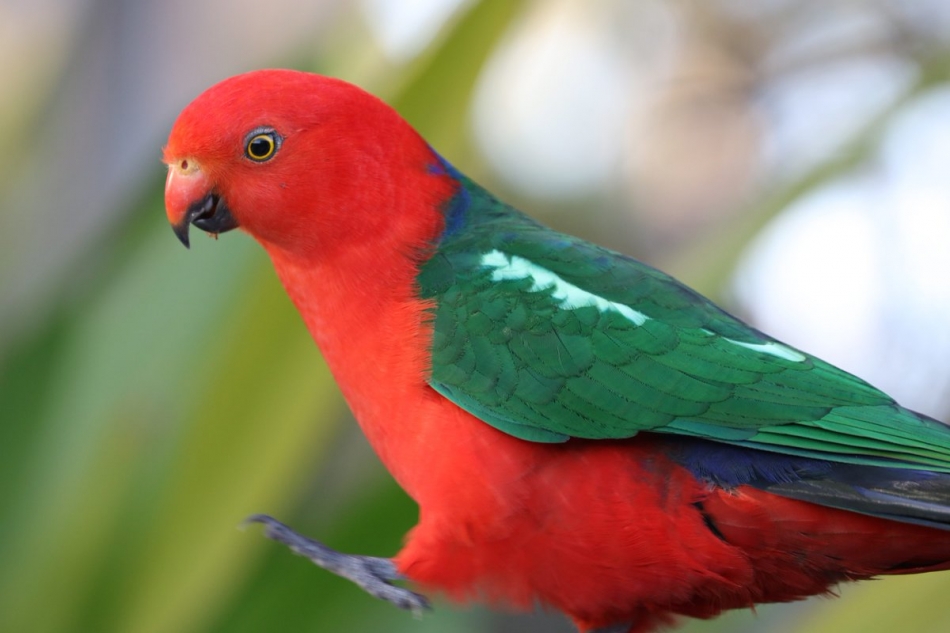
Australian King Parrot: Many people choose to have an Australian king parrot as a pet because of its stunning appearance, rather than for its affectionate nature or love of handling. The males boast vibrant red feathers with striking green wings and black tails, while the females sport a different but equally beautiful look with their green bodies, red bellies, and legs. One of the challenges of having them as pets is that they require a spacious environment to roam freely. They are not content in cramped cages and need caregivers who understand and can provide them with the necessary space they crave.
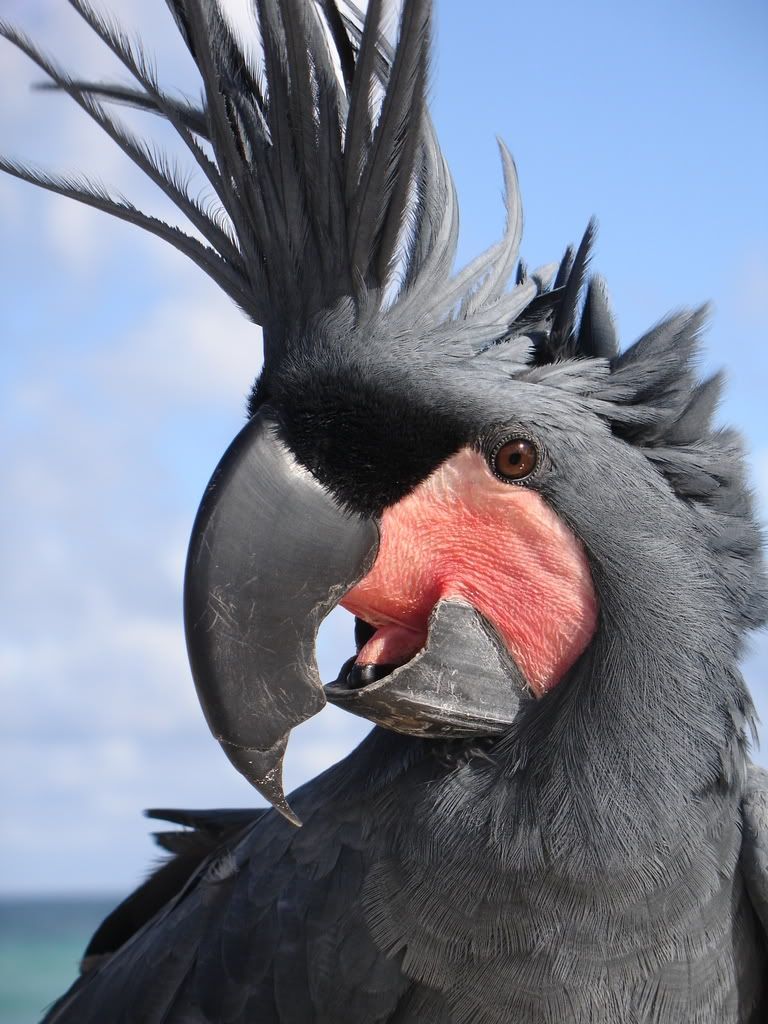
The black palm cockatoo is known for being one of the biggest cockatoo species out there. Their dark grey to black feathers, paired with maroon cheeks and a unique crest that resembles palm fronds on their heads, make them stand out. When kept as pets, these birds are known to be quite demanding. They are highly social and intelligent creatures that require constant care and engagement to thrive. Neglecting their needs can lead to them feeling unhappy and engaging in destructive behavior. Once a common sight in the wild, black palm cockatoos are now facing a vulnerable status due to habitat loss and being captured for the pet trade, resulting in a significant decline in their population.
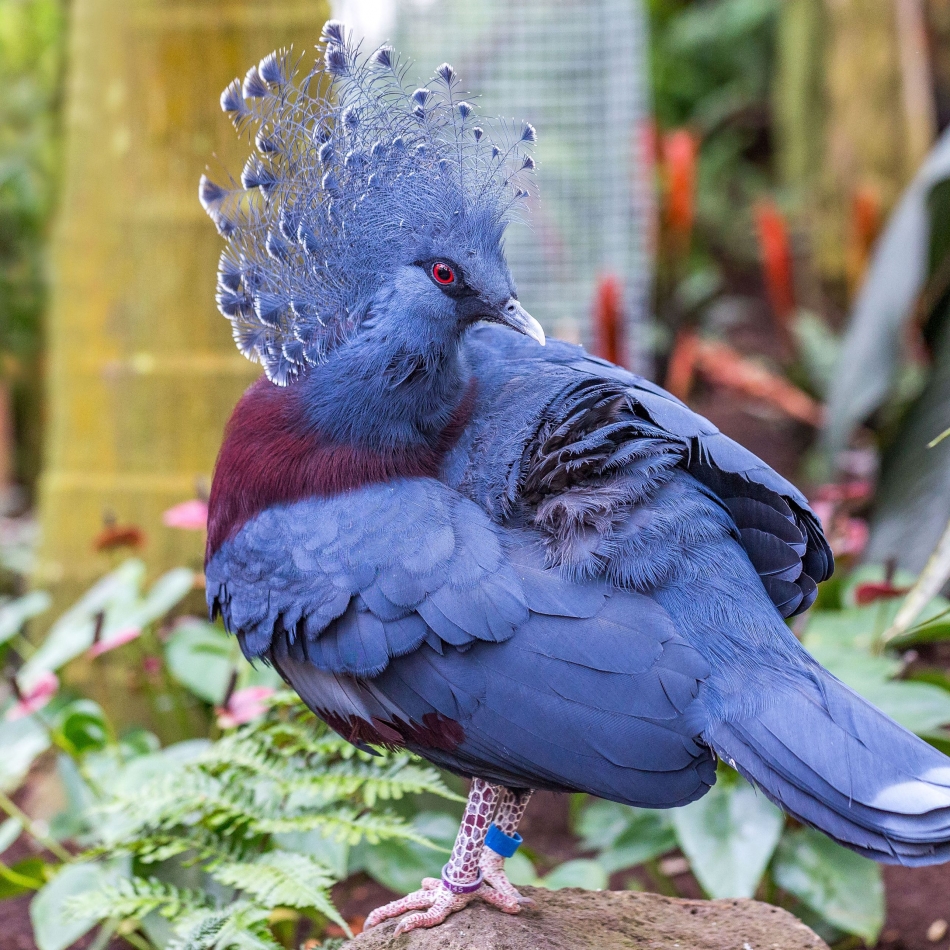
The majestic Victoria Crowned Pigeon was named in honor of Queen Victoria due to its regal appearance. These birds boast a striking crown of intricate blue feathers, and can weigh up to 7 pounds, making them the largest pigeon species in the world. Their light blue bodies with maroon chests add to their stunning beauty. Victoria Crowned Pigeons prefer to spend their time on the ground, needing ample space to roam and perch. Due to their specialized needs, it is unlikely that they can thrive in a home environment, so they are best suited for zoos where they can receive proper care and attention.
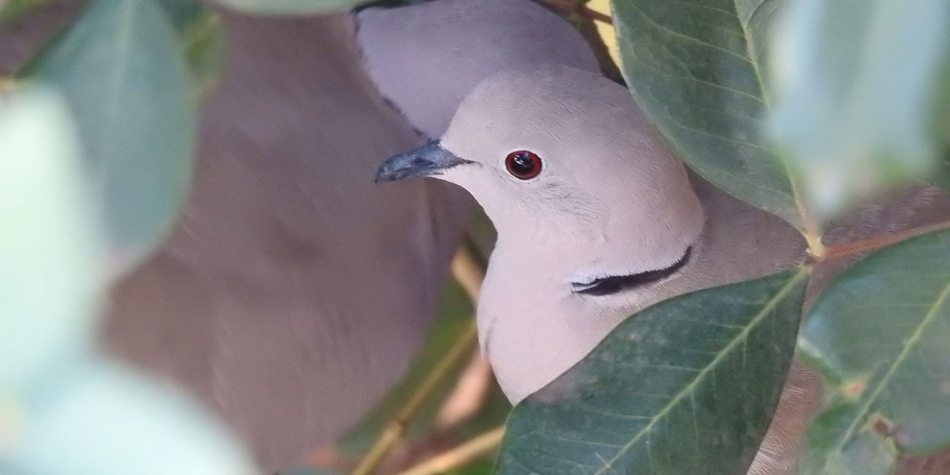
Ring-Necked Doves may not be the most popular choice for pet birds, with only a small percentage of bird owners opting to have them as pets. However, they have the potential to become more popular due to their gentle nature and ability to form strong bonds with their human companions. While some dove species may require more complex care and larger living spaces, species like the Ring-Necked doves and diamond doves are perfect for those looking for a low-maintenance bird companion. Ring-Necked doves, also known as Streptopelia risoria, and diamond doves, or Geopelia cuneata, are among the most commonly kept dove species. They are ideal for individuals who want the companionship of a bird but may not have the time or resources to care for a more high-maintenance pet like a parrot. When it comes to housing, these doves require a spacious cage with multiple perches, bells, and swings for their enrichment and comfort.
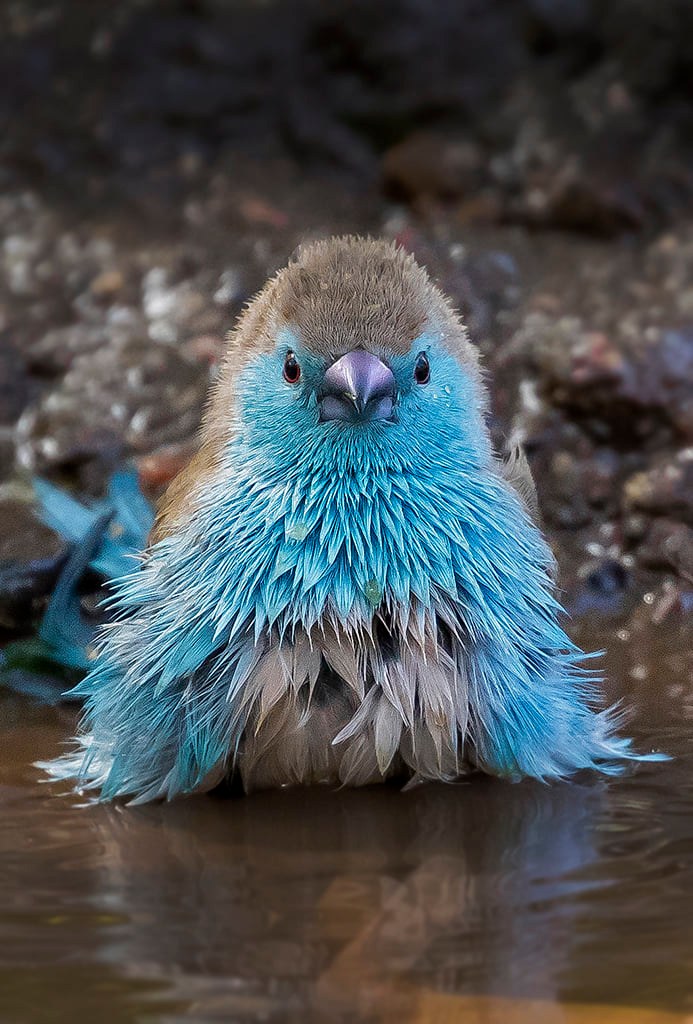
The blue waxbill, also known as the southern blue waxbill, is a popular estrildid finch found in Southern Africa. This bird is commonly kept in aviaries and enjoys a diet of grass seeds, insects, and occasionally fruit. Blue waxbills are typically seen in pairs or small groups, but they also join larger flocks of finches in the wild.
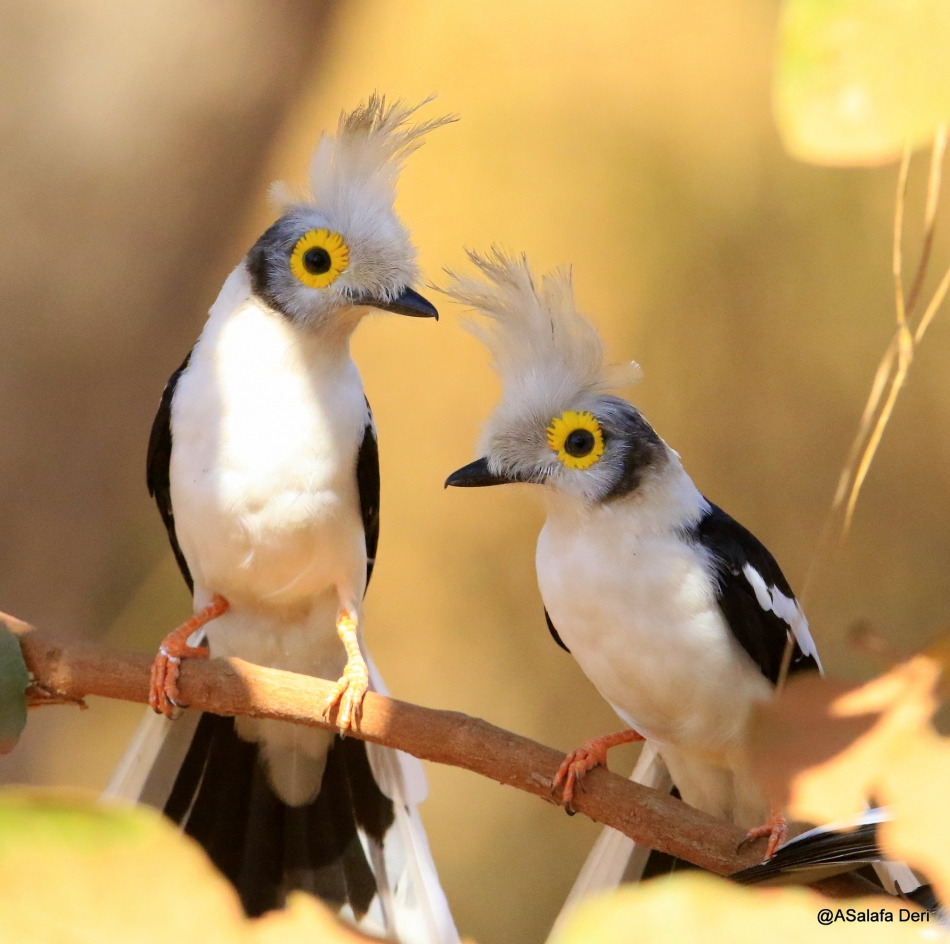
The White-crested Helmetshrike, also known as the White Helmetshrike, is a type of bird belonging to the Vanga family Vangidae. This unique species can be spotted in various countries across Africa, including Angola, Ghana, Kenya, and Zimbabwe. They are typically found in dry forests, savannas, and shrublands. These social birds travel in small groups, constantly chirping and foraging together as they explore their surroundings. To see these fascinating birds in action, check out this video: [link].


